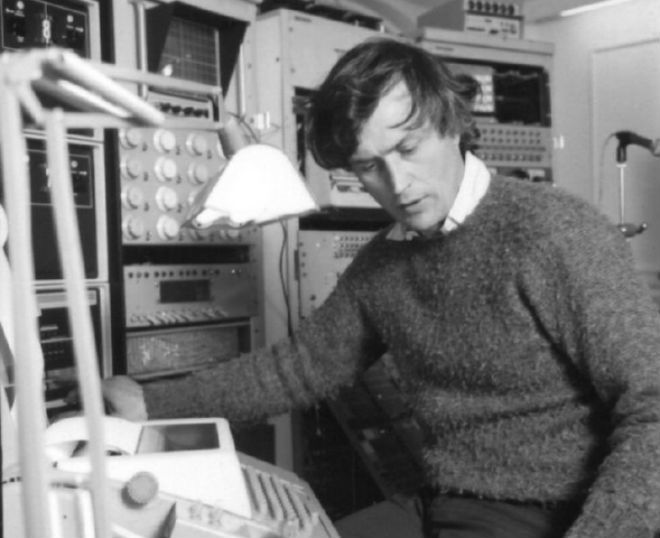ignis-fatuus
Member
- Joined
- Oct 7, 2022
- Messages
- 24
I've been listing to a lot of early electronic/ambient music over the past couple of years out of a growing interest in the history of how emergent technologies challenged musicians and their listeners alike. One of the projects I've found myself enjoying is Larry Fast's, Synergy. I was reading the liner notes of one of his albums the other day and saw that he listed an Apple II as as part of his musical equipment pieces. It got me thinking, I've been researching big names in synthesizer design like Robert Moog, etc., but I don't really have a bead on how early consumer microcomputers changed the musical landscape--especially for electronic music. If anyone has anything they'ed like to share I'd be interested to learn more. accompanying musical suggestions is also super welcome.


